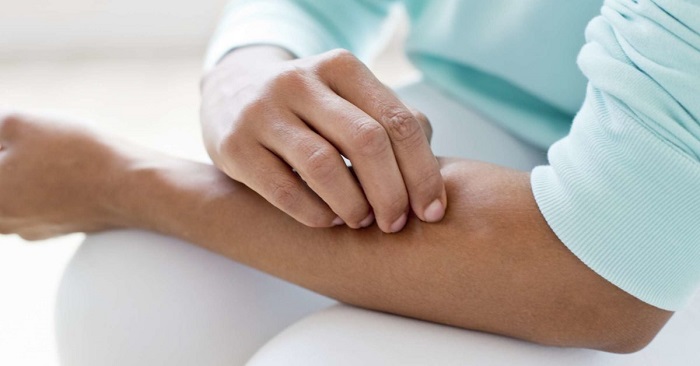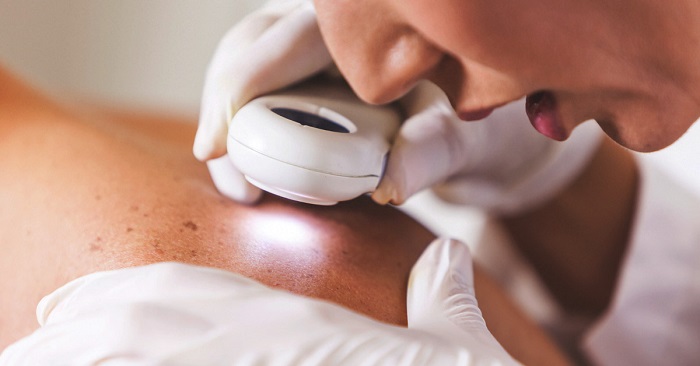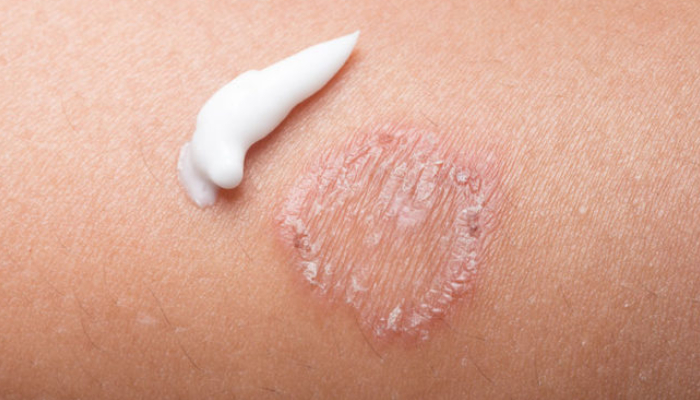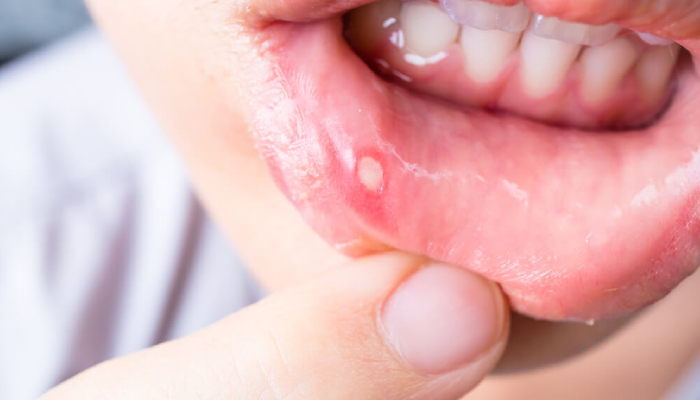Skin infection: Causes, types, and treatment

How antibiotics help in killing viruses?
January 2, 2020
All about viral infections
January 6, 2020What is meant by skin infection?
Skin is the most important and largest organ of our body. The main function of the skin is to safeguard the body from infection. In certain cases, the skin becomes infected. There are several reasons for skin infections. It is caused due to a wide range of germs and the symptoms of infection differ from minor to serious. It is possible to treat minor skin infections by taking over the counter medicines as well as home remedies. But certain serious infections need immediate medical attention.
Kinds of skin infections
There are four kinds of skin infections. They are as follows.
1. Bacterial infections of the skin
Bacteria skin infections mostly start as tiny, red bumps and it slowly develops in size. Certain bacterial infections remain mild and can be easily cured with topical antibiotics. However, other infections need an oral antibiotic. Some of the common kinds of bacterial infections of the skin are leprosy, boils, impetigo, and cellulitis.
2. Viral infections of the skin
The viral infections of skin are caused by viruses. It ranges from minor to severe. Some of the types of viral skin infections include mouth, foot and hand disease, measles, warts, molluscum contagiosum, chickenpox, and shingles.
Read More About : Preventing From Viral Infections During Pregnancy
3. Parasitic skin infections
This kind of skin infection is caused by the parasite. It has chances to spread further than skin to the organs and bloodstream. However, parasitic skin infection is not life-threatening. It could be uncomfortable. Different kinds of parasitic infections include cutaneous larva migrans, scabies, bedbugs, and lice.
4. Fungal skin infections
This kind of skin infection is caused because of fungus. It has chances to develop in moist parts of the body like the armpit or feet. Certain fungal infections are not dangerous and they are mostly non-life threatening. Some of the common kinds of fungal infections are diaper rash, oral thrush, nail fungus, ringworm, yeast infection, and athlete’s foot.

Symptoms of skin infections
The symptoms of the infection vary according to the type. Certain common symptoms are rash and redness. There are chances to experience other symptoms like tenderness, pain, and itching. If you are having a skin infection that gets progressively worse or does not improve or with pus-filled blisters, it is recommended to skin your physician immediately. Skin infections have chances to spread into the blood and beyond the skin. It has chances to become life-threatening when this happens.
Common symptoms of severe infection are breakdown, skin sloughing, blisters, pus, skin becomes painful and discolored and dark appearing skin.
Causes of skin infection
The causes depend upon the type of skin infection.
Bacterial skin infection: It occurs when the bacteria goes inside the body through skin breaks like a scratch or cut. It does not mean that you would get a skin infection when you get a scratch or cut in your skin. It just increases the chances especially when you have a weak immune system. The immune system can get affected as a result of medication’s side effects or due to illness.
Viral skin infection: Viral infections of skin are mostly caused due to three types of viruses- herpes virus, human papillomavirus, and pox virus.
Parasitic skin infection: When small organisms or insects burrow under the skin and lay eggs, it has chances to result in parasitic skin infection.
Fungal infection: Lifestyle and body chemistry can increase the chances of fungal infection. If you are sweating a lot, experiencing multiple spells of athlete’s foot, then you may experience. Fungi mostly develop in moist, warm environments. Wearing wet or sweaty clothes have chances to result in fungal infection. A cut or break in the skin permits bacteria to enter into deep areas of the skin.

Diagnosis of skin infection
One of the best ways to determine the cause of skin infection is a complete medical exam. Mostly, doctors determine the kind of skin infection by just seeing the location and appearance. Moreover, the physician may ask about other associated symptoms. They would closely look out for lesions, rashes, and bumps.
Treatment for skin infection
Treatment will be planned according to the severity and reason for the infection. Certain kinds of viral infections recover on their own within a few days or weeks. For bacterial skin infections, topical antibiotics are recommended. It should be applied to the skin. If needed, oral antibiotics have to be consumed.
You can consume over the counter creams and antifungal sprays for treating the fungal skin infections. But when it does not improve, you can visit a physician. They would suggest topical creams. Parasitic skin infections can be treated by applying medicated creams. If you are visiting a physician for this condition, they will suggest medications that would anti-inflammatory drugs that would reduce discomfort.
Alternative treatments and home care
Home care works to a certain extent and reduces symptoms. It is recommended to ask your physician what to do.




